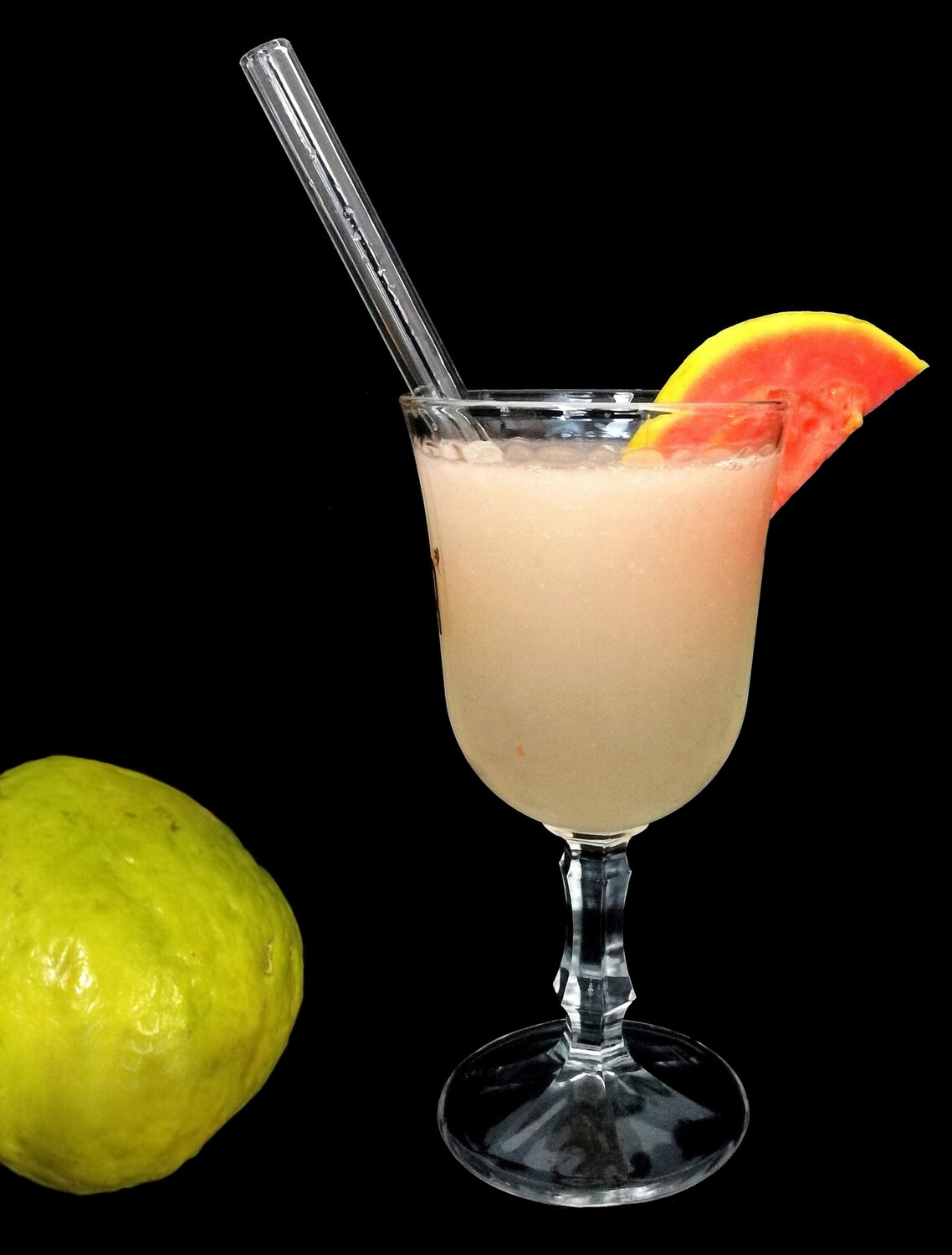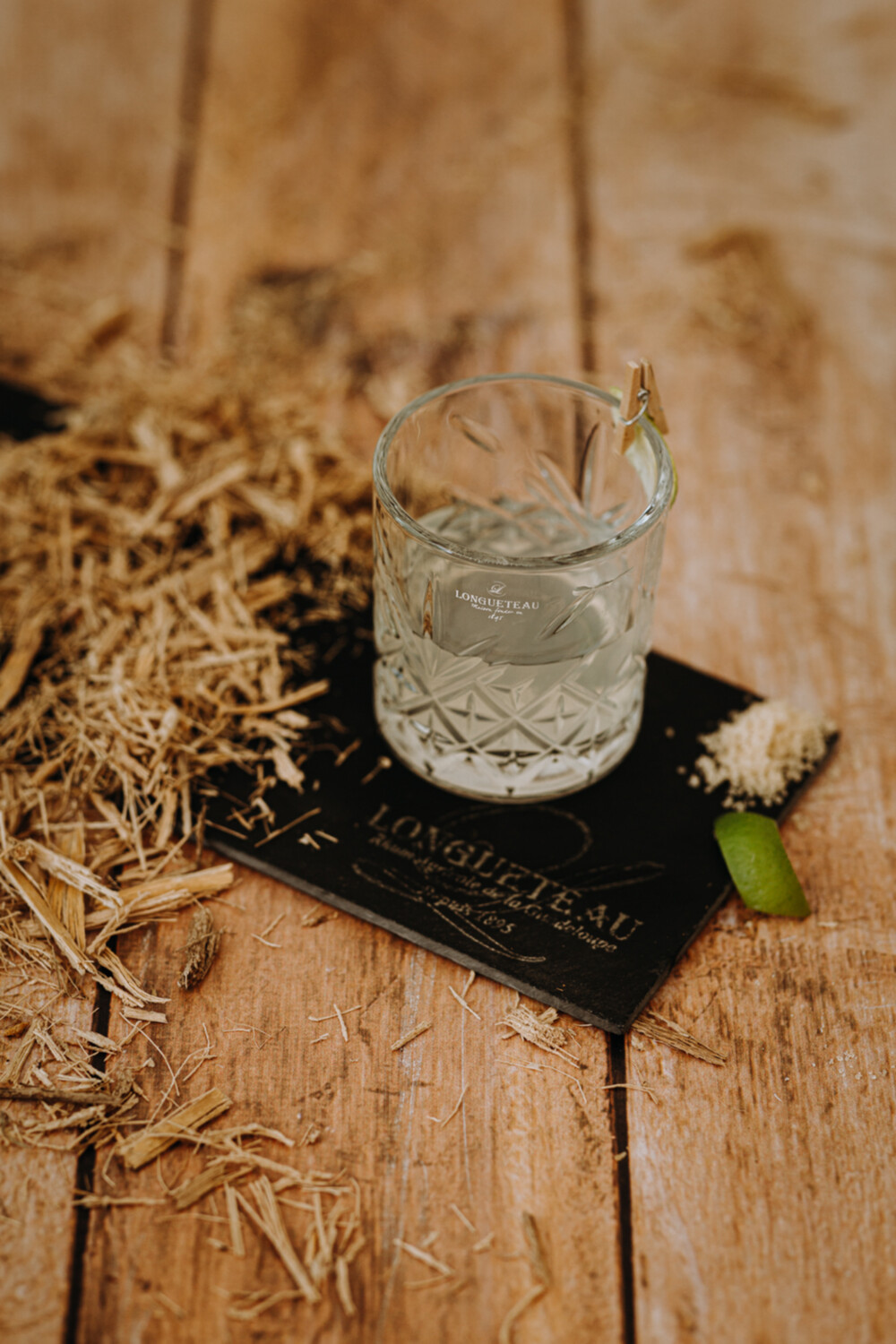A mixologists’ take on Agricultural Rum in cocktails

Guadeloupe rums are the perfect solution for making cocktails. We asked three mixologists – Ulric Nijs, Helmut Barro and Manon Sigari – for their recommendations.
- Manon Sigari: Longueteau Brand Ambassador and mixologist, Manon develops cocktails using Longueteau agricultural rums.
- Helmut Barro: Schlimmerdurst.net blog owner – one of the biggest spirits blogs in Germany – Helmut is a spirits writer with a special focus on how to use good spirits to make even greater cocktails.
- Ulric Nijs: Bar and hotel consultant for bar-face, based in Germany.
Thierry Heins: What is your approach when working with an agricultural rum, what are you aiming to showcase? How is your approach different from making cocktails using molasses-based rum?
Manon Sigari: I grew up in the West Indies and I have a particular soft spot for products made locally and in the Caribbean. Agricultural rums are highly expressive with very developed aromas. They combine well with the fruity and floral aromas of products that we can find in the West Indies. Avoid mixing them too much with juices or over diluting them – try and enhance the aromas occurring in agricultural rums.
I love Roasted Spice, a cocktail based on the clarification technique.
In the first container, I leave the slices of roasted pineapple with the skin, ginger shavings and fresh, strongly flavoured lemongrass to infuse for 24 to 48 hours in the refrigerator with a juice of ginger and 55% Longueteau rum. The rum expresses aromas of lime layered over notes of truffle and artichoke.
In the second container, I put the full fat milk, or a mixture of 50-50 plant-based milk and full fat milk, or even 100% plant-based milk for people with a lactose intolerance.
Before mixing the contents of both containers, I add some fresh lemon juice to the first container. That’s to get the curdling technique where the acidity from the lemon juice makes the milk curdle. The contents of both containers are mixed and left to rest in the refrigerator for 24 hours. The mixture is filtered using a coffee filter. The result is a very mild cocktail, which is thick, delicate and very consistent on the palate, and preserves the integrity of the rum’s style. The mixture keeps well in the refrigerator so it can be prepared in advance. François Longueteau loves this cocktail.
For 6 cocktails:
- 20 cl of 55% Longueteau white rum
- 8 cl ginger cordial
- 12-15 cl of filtered lime juice
- Infusion of 10 cl infused lemongrass
- 2 slices of pineapple roasted with ginger
- 5 stems of pre-crushed fresh lemongrass
- 15-20 cl of full fat milk

Cocktail Roasted Spice © Manon Sigari – Picture: SP PHOTOGRAPHIE © Distillerie Longueteau
Helmut Barro: For drinks with un-aged agricultural rum, I try to let the fruity and grassy notes shine through. They should be incorporated into the drink, not covered by other ingredients – at all times, it should be identifiable as an agricultural rum cocktail. In some molasses-rum-based drinks, the rum is just there for the strength of the alcohol, and can sometimes easily be replaced by another spirit. In a well-made cocktail originally based on agricultural rum, this is not quite as simple. The rum’s uniqueness can sometimes be hard to handle, but if done right, a recipe with agricultural rum will be something spectacular that you won’t forget.
I call my drink the Ti’Gwayav. It takes two ingredients that are well-loved in Guadeloupe – rum and guavas. Guavas can be bought in Europe in well-stocked fruit stores. Try to look for green ones if you want to store them for a little while, and for yellow ones if you want to use them straight away. For the rum, I opted for the Rhum Bologne 50° – its intense fruitiness and natural sweetness accompany the guava aroma very nicely. The 50% ABV also ensures the cocktail has some staying power and very full body. Don’t use lower alcohol content, otherwise the highly aromatic guava would completely mask the rum.
- 60ml / 2oz un-aged rhum agricole
- ¼ guava, cut into pieces
- 25ml / ¾oz freshly pressed lemon juice
- 25ml / ¾oz simple syrup
- Shake well with ice cubes, double-strain into a cocktail glass and garnish with guava and mint.

Cocktail Ti’Gwayav © Helmut Barro – Picture: Helmut Barro
Ulric Nijs: There are many aspects that I am particularly fond of in Agricole rums. The first and most obvious are the intense, fresh, grassy aromas followed by some light floral notes. These are unique to the category. You find these aromatic notes in some cachacas; but Agricole has the added benefit of a higher ABV, which I always look for.
My first introduction to this style of rum was in one of the best Mai-Tai I ever drank – I am very particular about this cocktail, as it is my litmus test for any bar I go to! The freshness of Agricole balances the dark, funk of Jamaican rums incredibly well. Although some of the original recipes for this cocktail mention an aged ‘French rum’, I much prefer a version with an un-aged rum. But I will admit that I almost never mix with an aged Agricole, as I am specifically looking for this floral character, and I find that the wooden aromas can be distracting.
My mixing style is decidedly simple, and I always try to highlight the character of the base product. Agricole rums suits this style very well, as it is quite assertive. However, I must point out that, in the recipe development stages, I would normally work with a molasses-based rum, and bring Agricole later into the creation process, when I need to highlight and/or focus fresher notes in the cocktail being developed.
The cocktail below is one that I recently used for a contract here in Bayreuth. It is made with Bologne Rum at 50%. The brief was to develop a cocktail menu for a brewery. I generally do not like to mix with beer, but I enjoy the floral and bitter aromas that hops bring. A long time ago I was reading Josh Sullivan’s excellent blog and came across a hops & grapefruit syrup! I LOVED the idea and have always wanted to use it in a cocktail. Hops and Agricole rums turned out to be – as far as I am concerned – a match made in heaven!

For the syrup, the recipe is as below:

TH: What is your recipe for ti punch?
Manon Sigari: I don’t use lemon juice but lime zest, which you squeeze at the bottom of the glass. Add a teaspoon of cane sugar, over 4 to 5 cl of 55% rum.
Helmut Barro: I don’t have a fixed recipe for a Ti’Punch. I like it to change every time I want one! The Ti’Punch is one of the few drinks where I absolutely refuse to use measuring tools when preparing it. And it has never disappointed me.
Ulric Nijs: Each prepares his own death as they say! This is one of these cocktails that is so personal and regional, it is often better to ask the consumer how they prefer theirs… The version in Mauritius is different to the version in Guadeloupe which is again different to the one in Martinique. So it’s best to ask!
One thing is certain, the Ti-Punch is NOT a daiquiri, so I would never use lime juice; but the rest is up to you! I certainly recommend the actual fruit as I enjoy the counterpoint that the bitterness of the pulp and pith of the lime brings.

Ti’ Punch – Picture: SP PHOTOGRAPHIE © Distillerie Longueteau
TH: Most consumers don’t have the expertise of mixologists and don’t have all the ingredients you have. Would you have a simple recipe for consumers to make a good home-made cocktail?
Manon Sigari: Put 5 cl of 55% Longueteau in the shaker, a wedge of lime, some peach cordial, two or three leaves of fresh basil, 5 Sichuan peppercorns, 1 cl of white Vermouth blanc like La quintinye. Shake and serve over ice.
Helmut Barro: If you can’t get guavas, try to use pear, pineapple or mango to flavour the rum. Sometimes, simply replacing ingredients can produce some interesting recipes. With the base recipe mentioned above, there is no reason you can’t produce a whole set of tropical fruit cocktails for your guests: let them taste the full Caribbean experience!
Ulric Nijs: Again, I hold quite a controversial position on this; and I am sure I will get some heat for the following comment, but my view is: “if you do not like the base product, you will probably not like the end result!”
There is a reason why the Ti-Punch is so iconic – it allows the rum to express itself, so I would certainly recommend it as a foundation and start building on it! Switch the sugar for honey for example, it will bring out the sugarcane aromas, add some herbs (basil, rosemary, or even wood sorrel to bring some oxalic acid into the mix!)… Gradually build up the flavours, one ingredient at a time! If not, a Mai-Tai always works! 😀
Enjoy in moderation!


